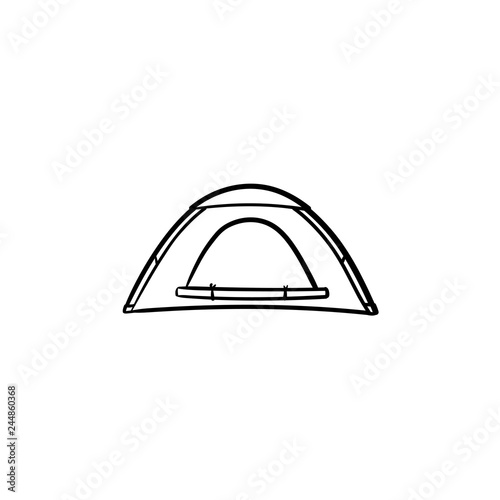An oven jack is a reinforced opening in the tent textile that safely suits woodstove pipes. Nonetheless, the process of suitable a range jack can be frightening for novice campers, and blunders in setup can result in outdoor tents fires or carbon monoxide poisoning.
Thankfully, a properly fitted and maintained stove jack is just one of the most safe enhancements to a canvas camping tent, like the Roamin Home Nomad.
Placement
A stove jack is vital to the capability and comfort of your canvas outdoor tents. Not only does it supply warmth and cooking ease, however it additionally helps eliminate dampness from your walls to maintain your tent comfy and completely dry throughout the seasons.
Remembering that they're designed to avoid the fire and flue from coming into contact with the canvas, it is necessary to place your oven jack securely. Range jacks must be placed as far away from the wall surface of your tent as possible, specifically, the location that flickers and moves the most.
Our modular cooktop jacks allow you to place your exit factor for the pipe in either the roof covering or side wall of your camping tent, offering you full control over where you 'd like your smoke and exhaust to exit your sanctuary. Discover more about common errors campers make when suitable their cooktop jacks, and how to avoid them to protect on your own from outdoor tents fires and carbon monoxide gas poisoning.
Ventilation
A range jack supplies a secure leave factor for the pipe of your camping tent stove, aerating smoke from the inside of your outdoor tents. Without air flow, toxic gases like carbon monoxide can build up inside the camping tent. The jack is likewise created to stop warmth resources from touching the canvas of the tent, protecting the structure and materials from damage or fire.
Ideally, your flue pipe ought to prolong a minimum of 6 inches over the top of the camping tent ridge. This enables the wind to blow triggers far from your roof covering, lowering the threat of them melting openings in the outdoor tents roof covering.
Air flow also helps improve combustion efficiency and heating capacity. The materials your stove and flue pipe are made of capture warmth emitted by the smoke and fuel, raising their temperature and advertising more burning. The jack after that shows this heat into the camping tent, helping to keep the interior of the outdoor tents cozy and comfy for longer durations.
Fuel
Guarantee that you are using only fire-safe woods which your cooktop is effectively fueled. Stay clear of straining the cooktop, as this can trigger overheating that might result in fire. Additionally, store combustible things like alcohol, aerosols and gas cyndrical tubes outside the camping tent to prevent them from causing a fire.
Cooktop Jacks are made to secure camping tents from heat, and the cloth they're made from is fireproof. Nonetheless, they are just created to be used safely if they are effectively mounted and positioned correctly. Ensure that the cooktop pipeline is directing vertically via the hole, as any other angle can hamper appropriate airflow.
Stoves can continue to be hazardously hot for hours after they are made use of and can harm or fire up tent textile, resting bags, and other individual valuables if placed too close. Maintain a fire extinguisher nearby and make sure every person understands where it is, as well as just how to use it. Additionally, constantly use fireproof bed linen like tent ventilation floor coverings and platforms to prevent warmth from damaging your cushion.
Snuffing out
A fire can spread swiftly, particularly when embers fly into plants or close-by structures. Constantly keep a water bucket and fire extinguisher convenient in case of a fire, and never leave a campfire unattended.
If building a campfire, clear the location and use marked pits. Make sure to check neighborhood camping area or public lands rules for any kind of limitations before producing a campfire. Avoid utilizing liquid-filled heating units, lanterns or candle lights inside camping tents; they can produce dangerous carbon monoxide gas. Load a portable carbon monoxide alarm and multi-purpose fire extinguisher for added peace of mind.
Event tent fire safety and security compliance needs adherence to NFPA standards and regional regulations, in addition to normal monitoring, team training on emergency treatments and reliable evacuation methods. Proper camping tent arrangement, licensed products and electrical devices are essential elements for attaining compliance. Doing pre-event threat assessments, carrying out normal safety checks and connecting emergency situation protocols with guests aid reduce risks and create successful occasions that focus on attendee wellness.
